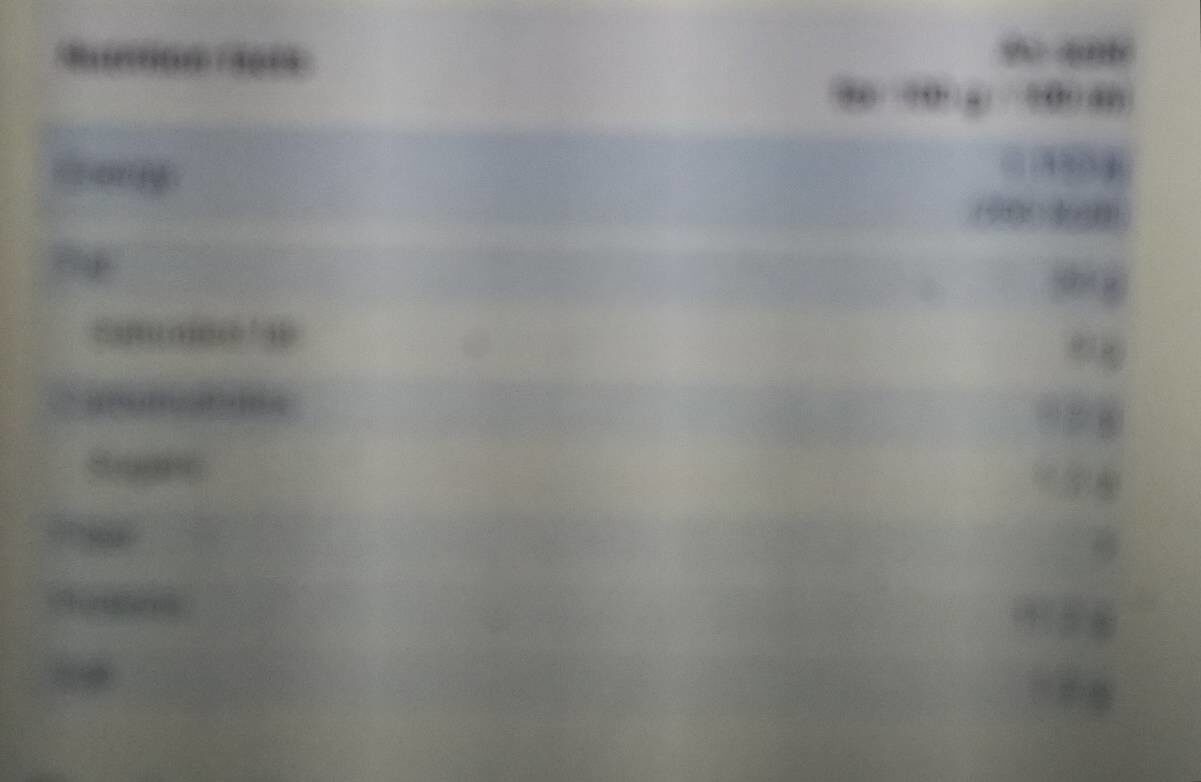Pate campana - La inmaculada
Aquesta pàgina del producte no està completa. Podeu ajudar a completar-la editant-la i afegint-hi més dades a partir de les fotos ja disponibles, o fent-ne més amb l'aplicació de androide o iPhone / iPad. Gràcies!
×
Nom comú: Embutidos
Empaquetament: es:Aluminio y plastico
Marques: La inmaculada
Categories: Productes amb base de carn, Carns, Carns preparades, Carn de porc i derivats, fr:Charcuteries diverses, en:Pâté, Porc, en:Pork Pâtés
Etiquetes, certificacions, premis: es:Embutidos caseros
Llocs de fabricació o processament: 03530 La Nucia
Codi de traçabilitat: ES 10.02072/A CECECEE
Botigues: Diego LLorca E Hijos, S.L
Països on es va vendre: Espanya
Matching with your preferences
Entorn
Empaquetament
Transport
Report a problem
Fonts de dades
Producte afegit per malikele
Última modificació de la pàgina del producte per packbot.
La pàgina del producte, també editada per acuario, kiliweb, musarana, yuka.sY2b0xO6T85zoF3NwEKvlmJec4Hi-gD8ODbmq1-FwNqiIKTwUN1K7qPhMKg.








